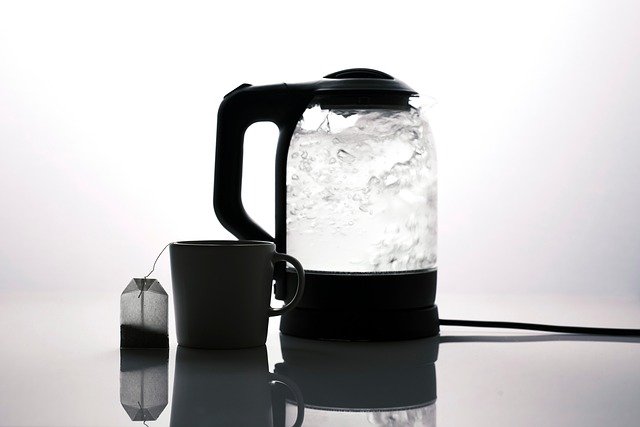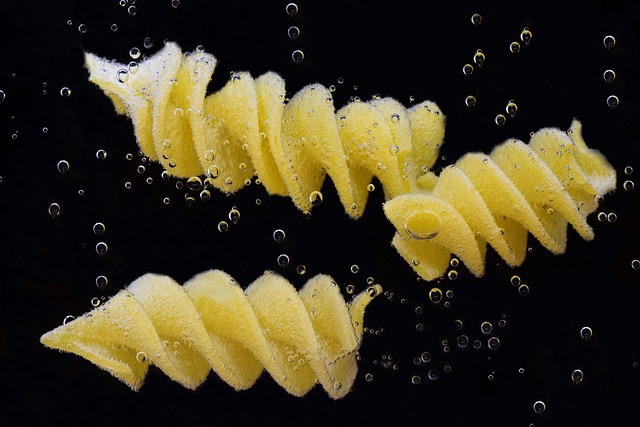Understanding water heater flush frequency is key for optimal performance and longevity. While annual flushes are common, modern heaters have self-cleaning mechanisms. However, frequent flushing may be needed in hard water areas or when noting decreased water pressure or heating efficiency due to sediment buildup. Individual maintenance schedules based on usage, water quality, and heater age ensure efficient operation and prolong lifespan. Regular water heater maintenance, including annual flushing where necessary, prevents leaks, improves heating efficiency, extends lifespan, and ensures a consistent hot water supply.
Are you tired of inconsistent hot water? Discover the optimal flush frequency for your water heater and avoid unexpected cold showers! This article demystifies the recommended maintenance routine, considering various factors like tank type, usage, and age. Learn why the answer might surprise you and gain expert tips for regular water heater care, ensuring efficient heating and longevity. Optimize your home’s hot water supply with these essential practices—a must-read for effective water heater maintenance.
- Understanding Water Heater Flush Frequency
- Factors Influencing Flush Interval
- Best Practices for Regular Maintenance
Understanding Water Heater Flush Frequency

Understanding Water Heater Flush Frequency
Regular water heater maintenance is crucial for optimal performance and longevity. One often overlooked aspect of this maintenance is flushing, which helps remove sediment buildup that can accumulate over time. This sediment can reduce water heating efficiency, leading to higher energy bills and potential damage to your heater. Contrary to common belief, flushings don’t need to be as frequent as annually. Modern water heaters are designed with self-cleaning mechanisms, reducing the need for regular manual flushing.
However, certain conditions can necessitate more frequent flushing. Hard water areas, for instance, see more mineral buildup and thus may require flushing every 3-6 months. Additionally, if you notice a decrease in water pressure or heating performance, it’s a good indication that sediment has accumulated and a flush is due. Water heater maintenance schedules should be tailored to the specific needs of your home and water quality, ensuring efficient operation and extending the lifespan of your appliance.
Factors Influencing Flush Interval

The ideal flush interval for your water heater largely depends on several factors. One significant factor is the frequency of usage—if your household uses a lot of hot water daily, a more frequent flush may be necessary to prevent mineral buildup. Hard water, rich in minerals like calcium and magnesium, can lead to scaling, affecting both water pressure and heater efficiency. Thus, regions with harder water sources might require flushing more often. Additionally, the age of your water heater plays a role; older models might need to be flushed more regularly due to potential sediment accumulation over time. Regular water heater maintenance is key to ensuring optimal performance and longevity, so keeping an eye on these factors will help you decide when it’s time for a flush.
Best Practices for Regular Maintenance

Regular water heater maintenance is essential for optimal performance and longevity. One often overlooked aspect is flushing, which should be done at least once a year to remove sediment buildup. This process involves draining the tank and rinsing it with fresh water to eliminate any debris or mineral deposits that can hinder efficiency.
To ensure thorough cleaning, use a garden hose connected to the drain valve. Allow the tank to refill after flushing, and consider setting a reminder for this task. Regular maintenance not only improves heating efficiency but also prevents potential leaks and extends the heater’s lifespan. Remember, proper water heater care is a simple yet effective way to avoid unexpected breakdowns and ensure consistent hot water supply.
Regular water heater maintenance, including periodic flushing, is key to ensuring optimal performance and longevity. While traditional advice recommends annual flushes, modern heaters with better insulation and sediment filters may only require flushing every 2-3 years. Understanding the specific needs of your water heater, considering factors like hardness levels and usage patterns, will help you determine the ideal flush interval. Adhering to best practices for regular maintenance, such as using the right flush solution and draining thoroughly, will keep your water heater running efficiently and reliably.
